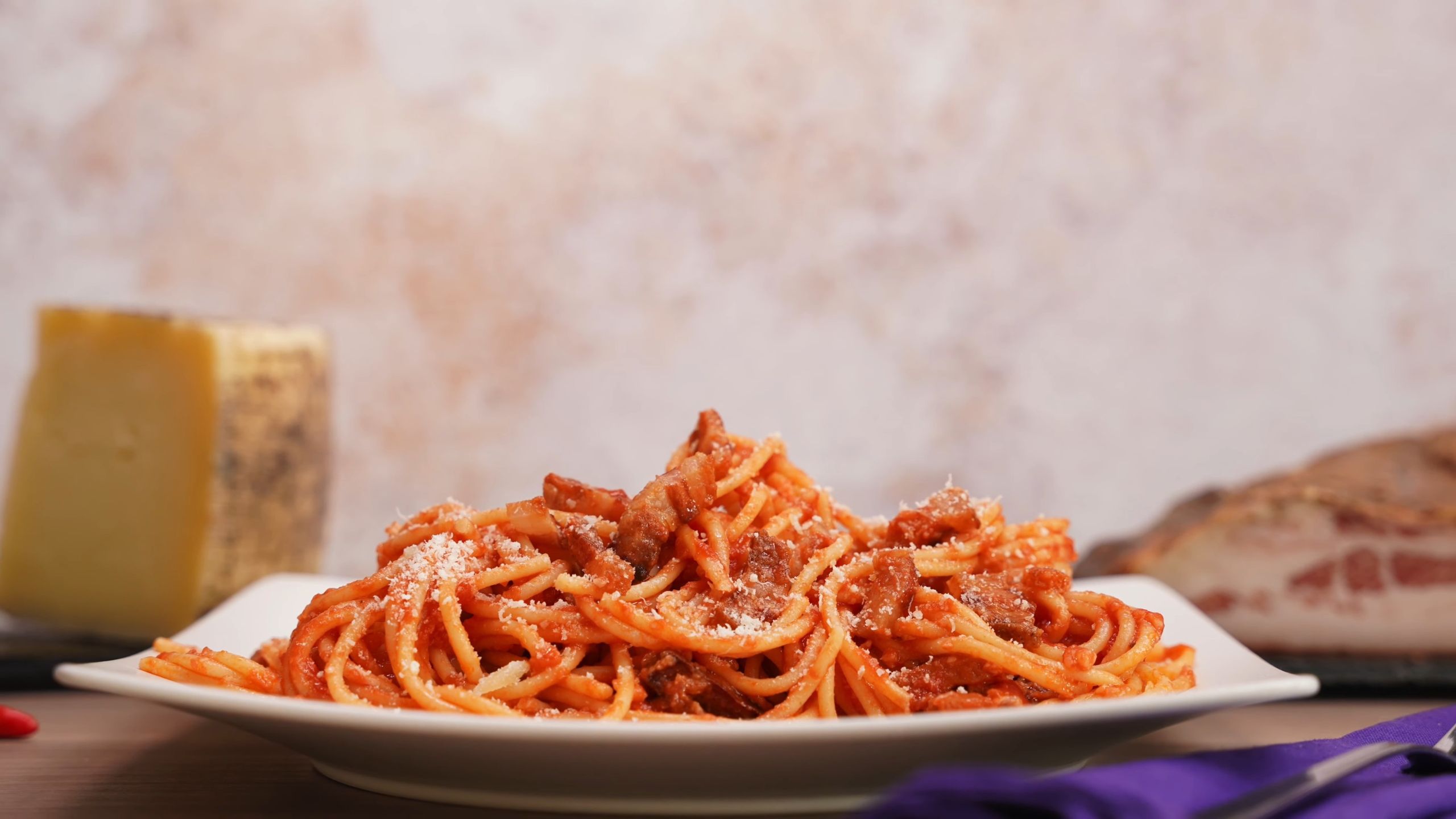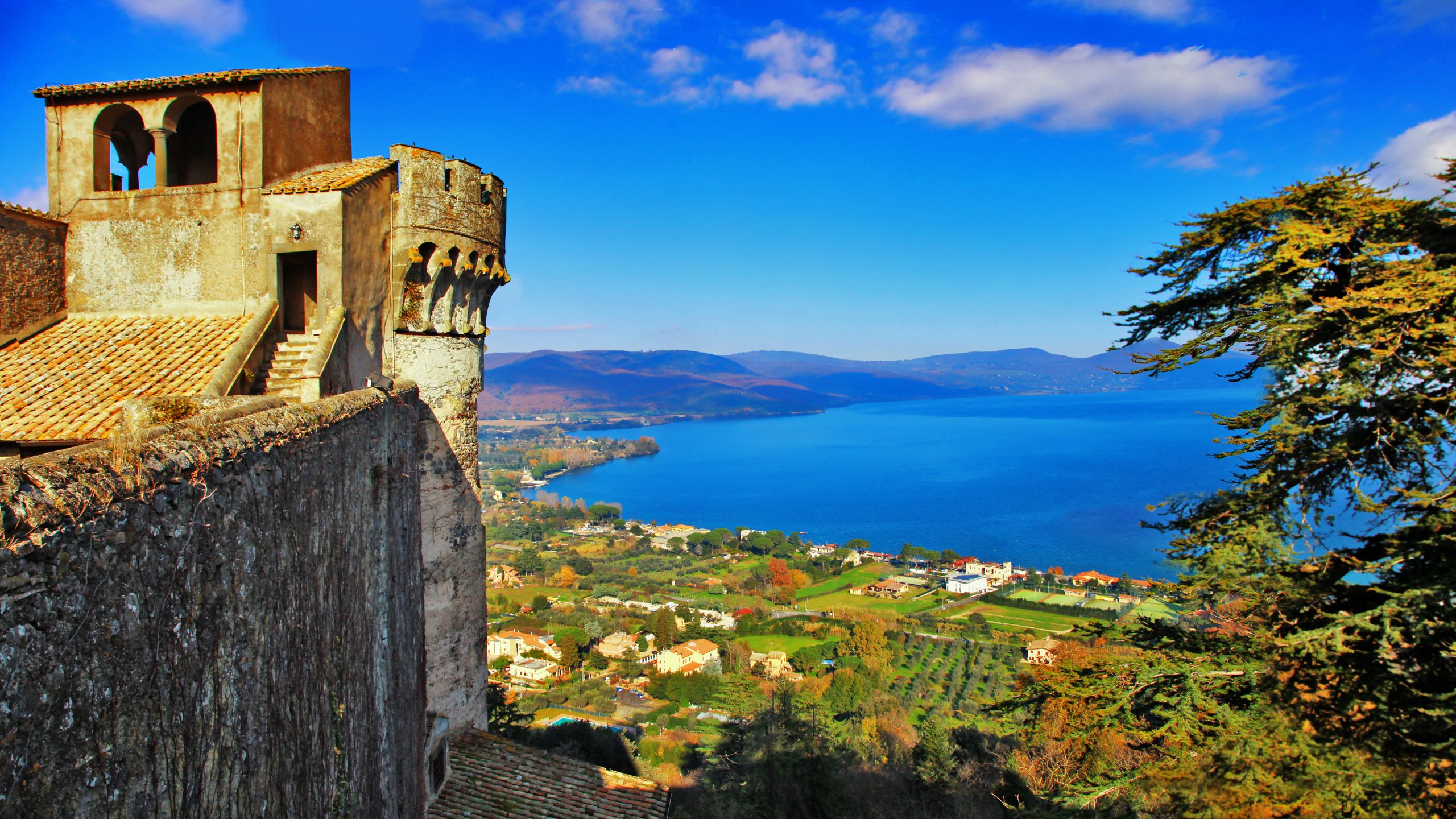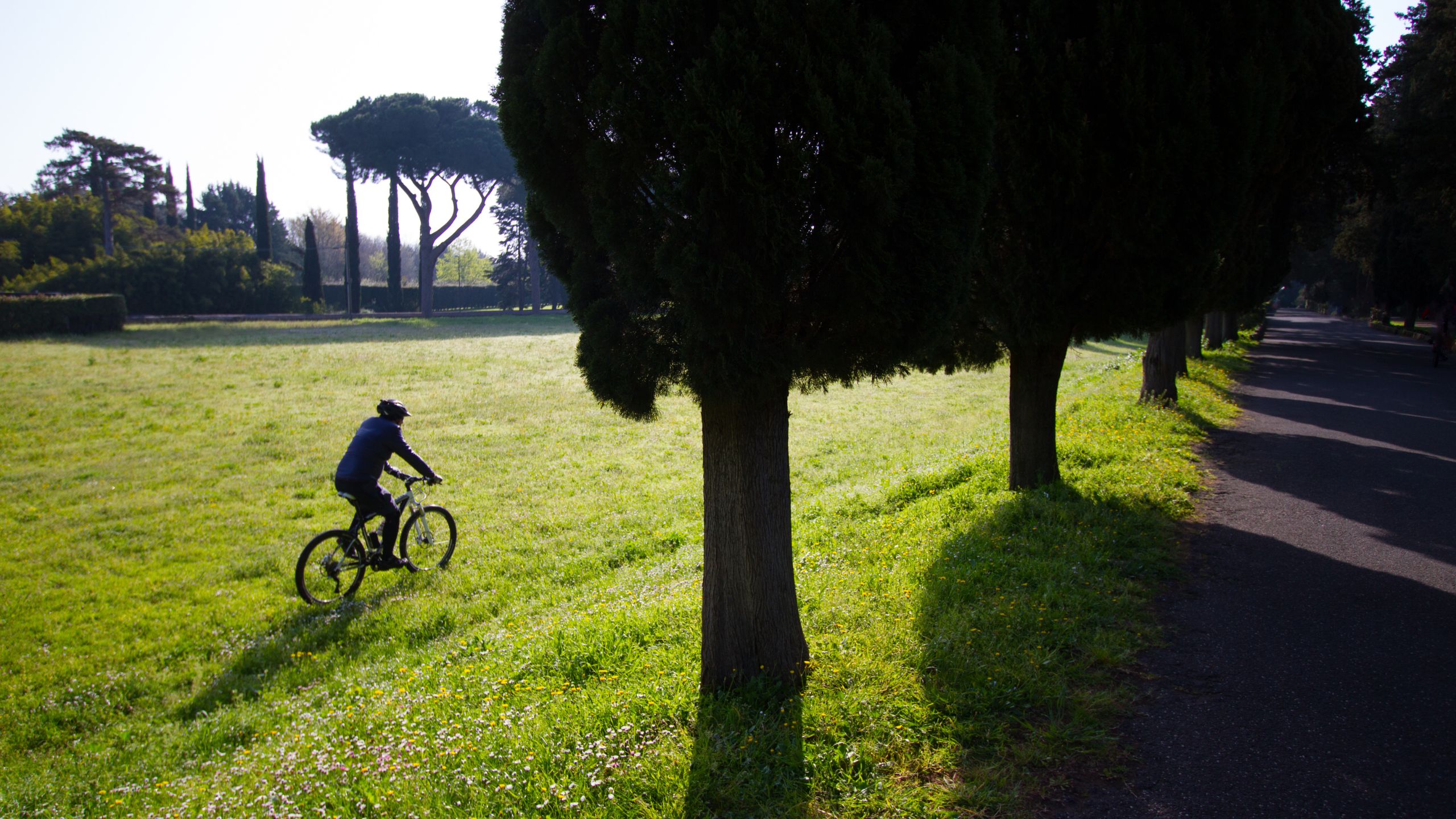Rome in the kitchen: Reinterpretations and contaminations of typical Roman dishes
Roman cuisine is a gustatory narrative that intertwines centuries of history, which is revealed through the aroma of each dish. From the famous carbonara, with its embrace of eggs, bacon and pecorino cheese, to the sober elegance of cacio e pepe, every bite is a journey through time, a culinary ritual that is faithfully repeated in the kitchens of Rome for generations. But, have we ever wondered if this unchanging tradition has evolved over time?
Gastronomic Innovation in Rome
In recent years, the Italian gastronomic scene has undergone a real revolution, led by daring chefs and visionary restaurateurs who have embraced innovation without losing sight of the roots of tradition. The streets of Trastevere, with their ancient alleys, are now animated by restaurants that offer a new interpretation of Roman dishes, skilfully mixing influences from around the world. From Michelin-starred restaurants to neighbourhood trattorias, every venue is a stop on a culinary journey that celebrates diversity and creativity.
But it is not only global influence that shapes today’s Roman cuisine. There is a growing awareness of the quality of ingredients and environmental sustainability. Many chefs, in fact, favor the use of local and seasonal products, enhancing the richness of the earth and promoting a short and responsible supply chain. In the city markets, like the famous market of Campo de' Fiori, you can breathe the atmosphere of a cuisine that respects the territory and its ancient traditions.
However, even in this wave of innovation, there remains a thin thread that binds the present to the past. On the one hand, there are restaurants that aim to rediscover ancient recipes. On the other hand, young chefs emerge who experiment with unusual ingredients and innovative presentations, creating amazing dishes that respect the culinary heritage of the city.
Roman recipes between tradition and innovation
Let’s see in more detail how some of the most iconic Roman recipes have transformed over time:
1. Carbonara: Originally, carbonara was considered a dish of poor cuisine, prepared with simple ingredients such as eggs, pillow, pecorino cheese and black pepper. Over the years, this recipe has been reinterpreted in multiple ways. Some chefs add ingredients such as cream or bacon, while others use more modern presentation techniques. However, many restaurants continue to adhere to the traditional recipe, keeping the ingredients and methods of preparation intact.
2. Cacio e Pepe: Cacio e pepe is another iconic dish of Roman cuisine characterized by its simplicity and elegance. Originally, this dish included only three main ingredients: pasta, pecorino romano and black pepper. Over time, variations have been proposed that include using different cheeses or adding butter to make it creamier. However, many chefs continue to adhere to the original recipe, relying on the quality of the ingredients and the skill in cooking to enhance the flavors.
3. Amatriciana: Pasta all'amatriciana is another classic dish of Roman cuisine, originally from the town of Amatrice. Traditionally, the recipe involves the use of pillow, tomato, pecorino romano and chili. Over time, variations have been proposed that involve the use of bacon instead of pillow or the addition of onion for a sweeter flavor. However, many restaurants keep the original recipe, respecting the tradition and history linked to the dish.
Rome: The Kitchen Stage, between Past and Future
From the simplicity of traditional dishes to the complexity of modern reinterpretations, we have seen how Rome’s cuisine is a living reflection of its history and its unique identity. Each dish tells a story, each flavor evokes a memory, and each bite brings us closer to the true soul of this eternal city. Whether you love tradition or culinary adventurers, Rome offers a treasure trove of gastronomic experiences ready to be discovered and appreciated.




